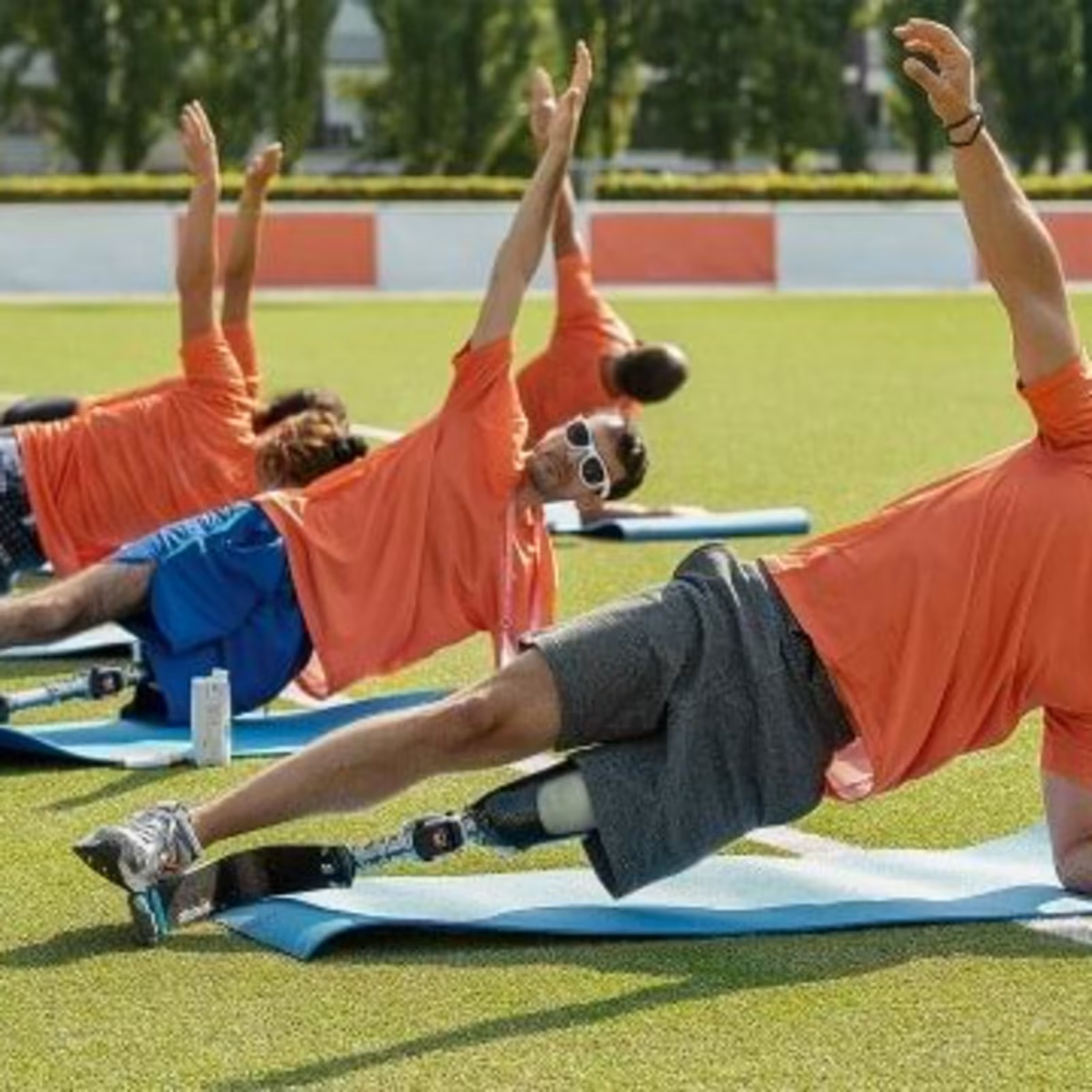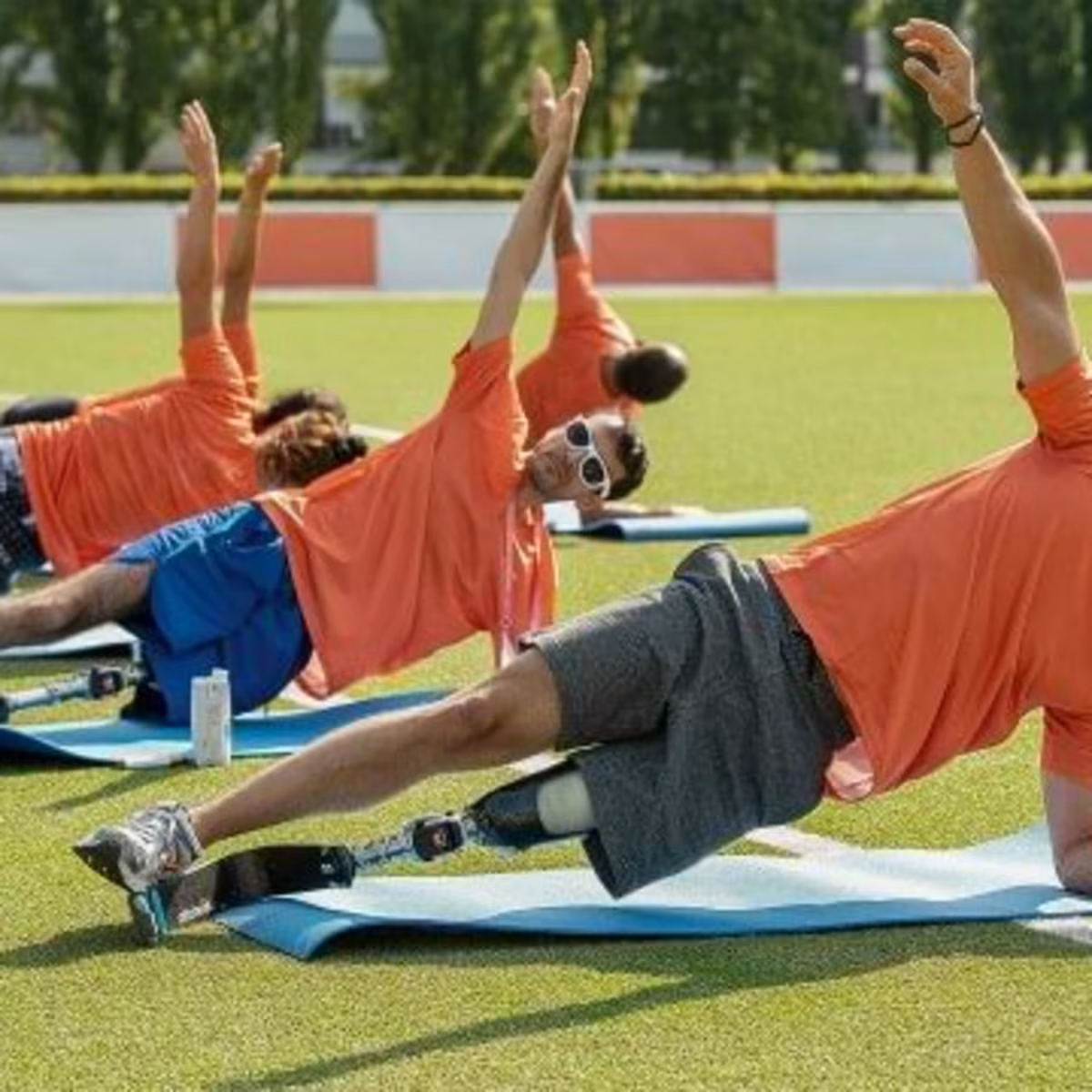


Comenzar a practicar deporte con una discapacidad
A menudo, los primeros pasos son los más difíciles. Lo mejor es no exigirse demasiado y dejar tiempo suficiente al cuerpo.
A menudo, los primeros pasos son los más difíciles. Lo mejor es no exigirse demasiado y dejar tiempo suficiente al cuerpo.
Se requiere un cierto nivel de aptitud física para participar en deportes. Por esta razón, los principiantes en particular deben tener cuidado de no hacer demasiado a la vez. Los períodos de descanso son tan importantes como el entrenamiento, ya que el cuerpo humano necesita tiempo para adaptarse a los retos cada vez mayores. Afrontar estos retos con paciencia requiere determinación y disciplina. Pero si quieres una relación duradera y saludable con el deporte, vale la pena evitar los extremos de exagerar o no hacer suficiente esfuerzo. Si estás interesado en aprender más sobre cómo empezar, puedes encontrar información e ideas aquí.
Take the plunge – take up a sport!
El entrenador de atletismo Heinrich Popow está convencido de que las personas deberían practicar deporte con regularidad no a pesar de su discapacidad, sino precisamente debido a ella.
Step 1: Medical check-up
Before you start training, you should consult a medical professional to examine and ensure you meet the necessary physical requirements.

Step 2: Find your ideal sport
What appeals to you? What are you confident you can do? Numerous factors play a role when it comes to choosing a sport. These will often include the extent of your disability and your personal fitness level. But the most important factor is: what will be fun and keep you coming back over the long term?

Step 3: Set yourself realistic goals
When you draw up your personal training plan, you should always start by taking your ability and performance into account. But we’re not talking about maximum potential here, we’re talking about the level of exercise you feel comfortable and fulfilled with. If you finish one training session looking forward to the next, you’ve probably found a healthy balance. Aiming to make small improvements over time will help raise your chances of success and keep you motivated.
Especially in endurance sports, it’s better to increase the duration rather than focusing on maximum speed at first. For some sports, you may need to practice handling your prosthetic or orthotic device first.

Step 4: Find your rhythm
If you join a club or a sports team, you’ll generally find there are fixed times for the group training sessions. If you’re starting out alone, it’s a good idea to draw up a weekly plan to make sure it’s manageable long-term. For example, if you want to do an endurance sport, you could choose three days a week where you go out and train after work. Write down these days in a journal. Once exercise has become a habit, you’ll find it easier to get out there on days when you don’t really feel like it.
